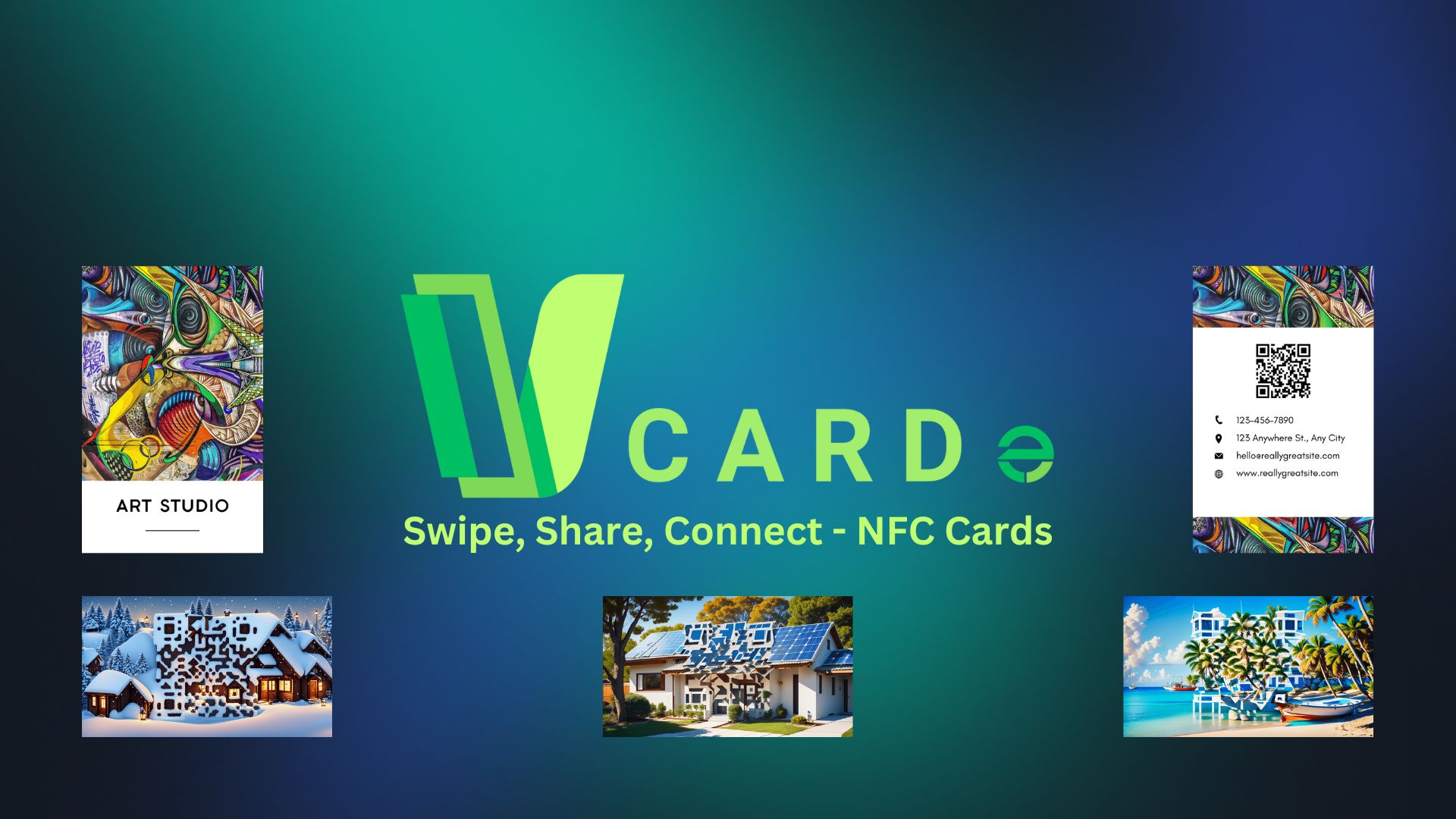How to make an Impactful Visit Card Design?
In the world of networking, a business card is more than just a piece of paper; it is a powerful tool that can leave a lasting impression on potential clients and partners. For small business owners and entrepreneurs, a well-designed business card is an essential part of their branding strategy. This guide will provide you with expert insights on designing a business card that effectively communicates your brand and stands out in a crowded marketplace.
The Importance of a Business Card in Networking
Business cards are an indispensable tool in networking. They serve as a physical reminder of your brand and can help establish credibility and professionalism. A well-designed card can make you memorable and prompt follow-up interactions, increasing your chances of building valuable business relationships.
Key Design Principles
Typography
Choosing the right typography is crucial for readability and aesthetic appeal. Opt for fonts that are clean and professional. Avoid using more than two different fonts to maintain a cohesive look. Make sure the text size is legible, with important information such as your name and contact details in larger font sizes.
Color Schemes
Your color scheme should reflect your brand identity. Use colors that are consistent with your logo and other marketing materials. A well-thought-out color palette can evoke the desired emotions and associations with your brand. For instance, blue can convey trust and professionalism, while green can suggest growth and sustainability.
Layout
A clean and organized layout is essential for a professional appearance. Use grids to align elements and create balance. Ensure there is sufficient white space to avoid a cluttered look. Highlight the most important information by placing it in prominent positions on the card.
Reflecting Brand Identity
Your business card should be a reflection of your brand. Incorporate your logo, brand colors, and tagline to create a cohesive and recognizable design. Consistency in branding across all marketing materials, including your business card, helps build trust and recognition among your audience.
Including Effective Information
When it comes to the information on your business card, less is more. Include only the most essential details to avoid clutter. Key elements to include are:
- Your name
- Title
- Contact details
Make sure the information is up-to-date and accurate. Consider using icons for contact details to save space and add visual interest.
High-Quality Materials and Printing Techniques
The quality of the materials and printing techniques used can significantly impact the perception of your business card. Opt for high-quality cardstock to convey professionalism and durability. Consider finishes such as matte, gloss, or embossing to add a touch of sophistication. Unique printing techniques like foil stamping or spot UV can make your card stand out even more.
Examples and Case Studies
Case Study: Jane’s Bakery
Jane, the owner of a small bakery, wanted her business card to reflect the artisanal nature of her products. She chose warm, earthy colors and a rustic font to evoke a sense of handmade quality. The card featured a simple layout with her name, title, contact details, and a small illustration of a cupcake, which is part of her logo. The use of high-quality textured cardstock added to the artisanal feel, making the card memorable and aligned with her brand identity.
Research and Data
According to a study by the Statistic Brain Research Institute, 72% of people judge a company or person based on the quality of their business card. Furthermore, 39% of people would choose not to do business with someone if they have a “cheap-looking” business card. These statistics highlight the importance of investing time and resources into creating a high-quality, professional business card.
Step-by-Step Process for Designing Your Business Card
- Define your brand identity and key message.
- Choose your typography and color scheme.
- Design the layout, ensuring balance and readability.
- Include essential information without cluttering the card.
- Select high-quality materials and printing techniques.
- Review and proofread the design before printing.
- Print a small batch first to check for any errors or adjustments needed.
By following this step-by-step process, you can create a business card that effectively communicates your brand and leaves a lasting impression on potential clients and partners.
Useful Resources
- VCARDe Shop
- Standard Horizontal NFC Card
- Standard Vertical NFC Card
- NFC Google Review Cards
- Own Design NFC Card
- Pre-Made NFC Cards






